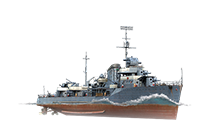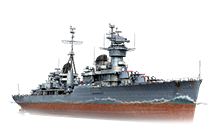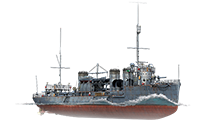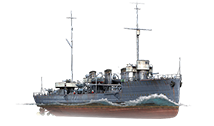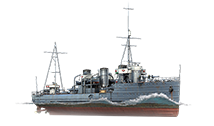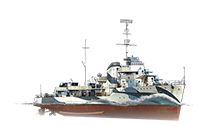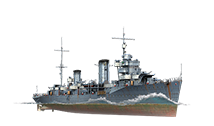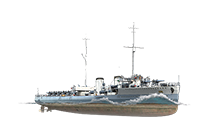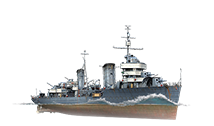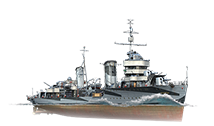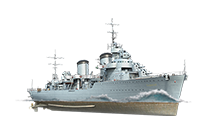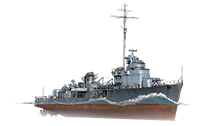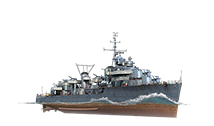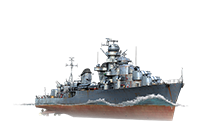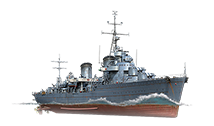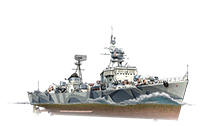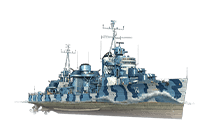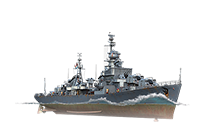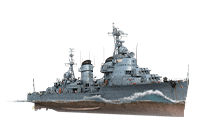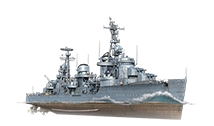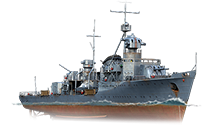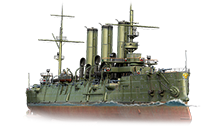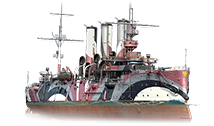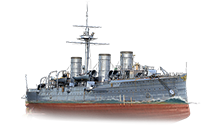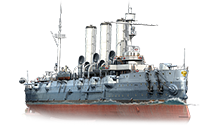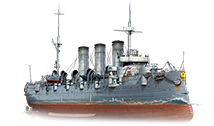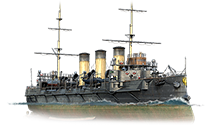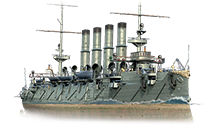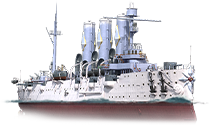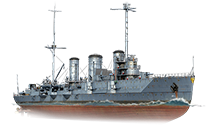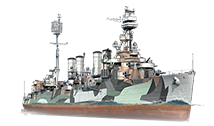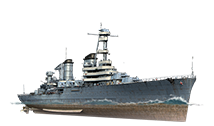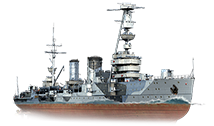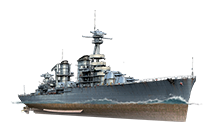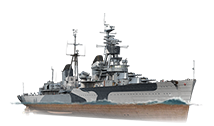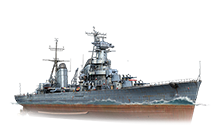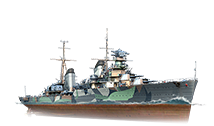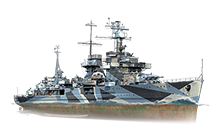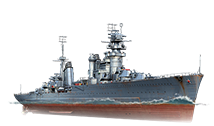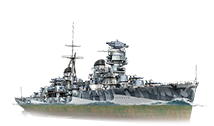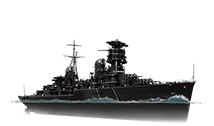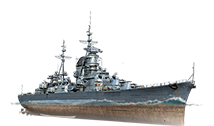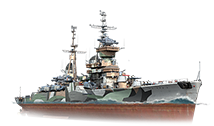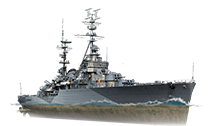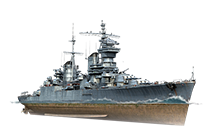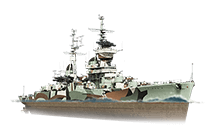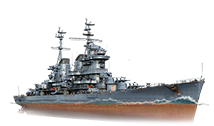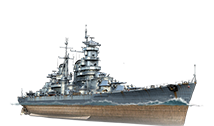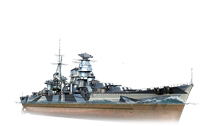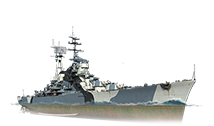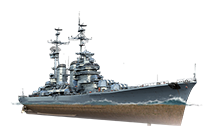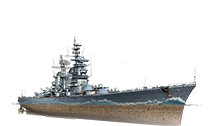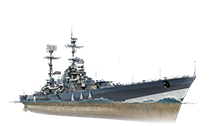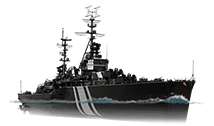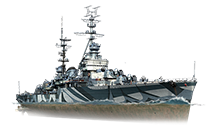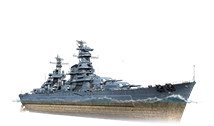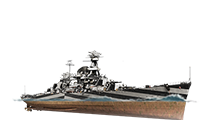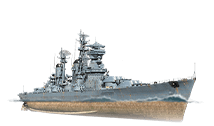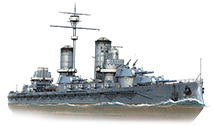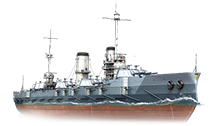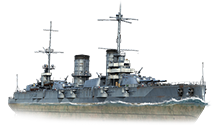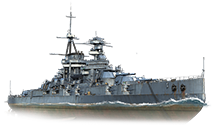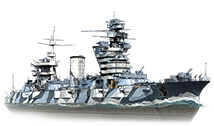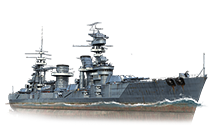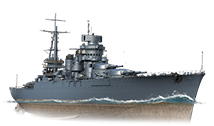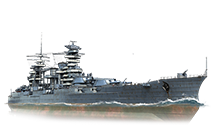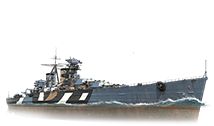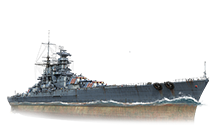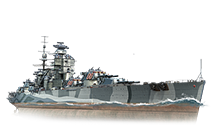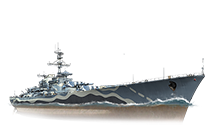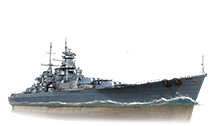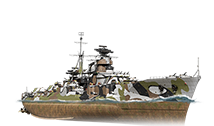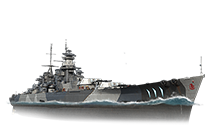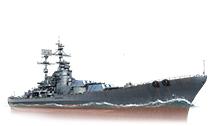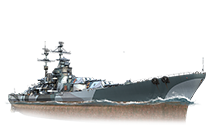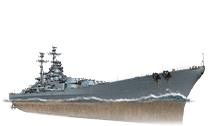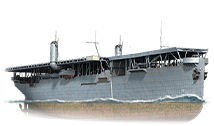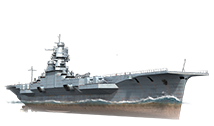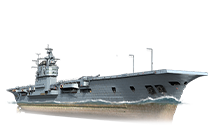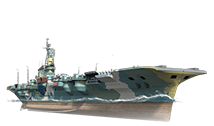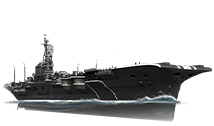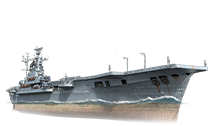Ships of U.S.S.R.
| Revision as of 11:11, 1 August 2018 Changed protection level for "Ship:Ships of U.S.S.R." ([Move=Allow only administrators] (indefinite)) | Revision as of 12:24, 25 September 2018 Minor corrections and cleanups | |||
| Line 1: | Line 1: | |||
| {{AnnoWiki | {{AnnoWiki | |||
| |icon= | |icon= | |||
| ? | |content=[[File:Wows flag Russian Empire and USSR.png|frameless|left|link=]]With over half her massive landmass bordered by water, Russia's navy was (and still is today) divided into four major fleets: the Pacific, Northern, Baltic and Black Sea Fleets; at the height of the Russian Empire, the Imperial Russian Navy was the fourth most powerful fleet in the world after [[Ship:Ships_of_U.K.|Great Britain]], Spain and [[Ship:Ships_of_France|France]]. Lagging technological advancement and disastrous wars greatly dented her power, resulting in mixed performance in World War I; the Baltic Fleet played a largely defensive role, the Black Sea Fleet distinguished herself against the Ottoman Navy and the Pacific Fleet had faded into insignificance following the Russo-Japanese War and the Battle of Tsushima in 1905 | + | |content=[[File:Wows flag Russian Empire and USSR.png|frameless|left|link=]]With over half her massive landmass bordered by water, Russia's navy was (and still is today) divided into four major fleets: the Pacific, Northern, Baltic and Black Sea Fleets; at the height of the Russian Empire, the Imperial Russian Navy was the fourth most powerful fleet in the world after [[Ship:Ships_of_U.K.|Great Britain]], Spain and [[Ship:Ships_of_France|France]]. Lagging technological advancement and disastrous wars greatly dented her power, resulting in mixed performance in World War I; the Baltic Fleet played a largely defensive role, the Black Sea Fleet distinguished herself against the Ottoman Navy and the Pacific Fleet had faded into insignificance following the Russo-Japanese War and the Battle of Tsushima in 1905 (the Northern Fleet was created during World War I to protect shipping in the Barents Sea). The Imperial Russian Navy suffered a near-complete collapse in the Russian Revolution and the resulting Civil War, and was eventually succeeded by the Soviet Union's Red Fleet. | |
| ? | In the years between the World Wars, the rapidly-industrializing Soviet Union (or U.S.S.R.) planned to rebuild the navy, but the Great Purge prevented any meaningful progress and the Red Fleet would only have a handful of cruisers, obsolete battleships and a reasonable number of destroyers when the U.S.S.R. entered World War II in June 1942 with | + | In the years between the World Wars, the rapidly-industrializing Soviet Union (or U.S.S.R.) planned to rebuild the navy, but the Great Purge prevented any meaningful progress, and the Red Fleet would only have a handful of cruisers, obsolete battleships and a reasonable number of destroyers when the U.S.S.R. entered World War II in June 1942 with Germany's invasion of the Soviet Union, ''Operation Barbarossa''. However, this did not stop it from performing with distinction: the Baltic Fleet used its sizable submarine fleet to great effect against the [[Ship:Ships_of_Germany|Kriegsmarine]] and the Finnish Navy despite suffering terrible losses themselves; the Naval Aviation service, while not having a single aircraft carrier, sank more ships and crew than any other unit of the Soviet Navy; Russian resourcefulness and tenacity was exemplified by naval guns still being put to use even after extensive damage to individual ships (such as battleship ''Marat''). Thousands of sailors and naval equipment were drafted to reinforce the Red Army as needed, fighting with incredible valor in many significant engagements, including the Battles of Odessa, Sevastopol, Stalingrad, Novorossiysk, and Leningrad. After World War II, the Red Fleet was renamed the Soviet Navy, and went on to play a major role in the Cold War with the United States. | |
| ---- | ---- | |||
Revision as of 12:24, 25 September 2018

In the years between the World Wars, the rapidly-industrializing Soviet Union (or U.S.S.R.) planned to rebuild the navy, but the Great Purge prevented any meaningful progress, and the Red Fleet would only have a handful of cruisers, obsolete battleships and a reasonable number of destroyers when the U.S.S.R. entered World War II in June 1942 with Germany's invasion of the Soviet Union, Operation Barbarossa. However, this did not stop it from performing with distinction: the Baltic Fleet used its sizable submarine fleet to great effect against the Kriegsmarine and the Finnish Navy despite suffering terrible losses themselves; the Naval Aviation service, while not having a single aircraft carrier, sank more ships and crew than any other unit of the Soviet Navy; Russian resourcefulness and tenacity was exemplified by naval guns still being put to use even after extensive damage to individual ships (such as battleship Marat). Thousands of sailors and naval equipment were drafted to reinforce the Red Army as needed, fighting with incredible valor in many significant engagements, including the Battles of Odessa, Sevastopol, Stalingrad, Novorossiysk, and Leningrad. After World War II, the Red Fleet was renamed the Soviet Navy, and went on to play a major role in the Cold War with the United States.
Destroyers
Gameplay
Russian destroyers are an oddity; they frequently feel as if they have the powerful, fast-firing guns of their American counterparts mounted in the arduously slow-turning turrets of the Japanese destroyer line. However, that is where the similarities end; Russian destroyers excel at long- to mid-range gunnery where they can keep their enemies at an arms' length. Their guns often fire out at similar or longer ranges than their American counterparts, but have flatter firing arcs and faster shell velocities, allowing them to snipe distant targets and even citadel lightly armored cruisers (since players can reliably fire at their broadsides at medium ranges, something that American destroyers struggle with). Most of the ships in this class will reach speeds of up to 43 knots, making many of them the fastest ships in their tiers, but their maneuverability and concealment values are lackluster in comparison. Coupled with their slow turret turning speeds, Russian destroyers will struggle against the American destroyers in a close-range gunnery knife fight. Their torpedoes also leave much to be desired; the miserable effective range of 4.0 km persists until Tier VIII, and they will never exceed 10.0 km range even at top-tier; on the bright side, with fast speeds of 65-70 knots and a good number of 9 or 10 torpedo tubes on most destroyers, audacious captains can pull off spectacular ambushes or shotgun engagements (just don't forget about the minimum arming distance).
